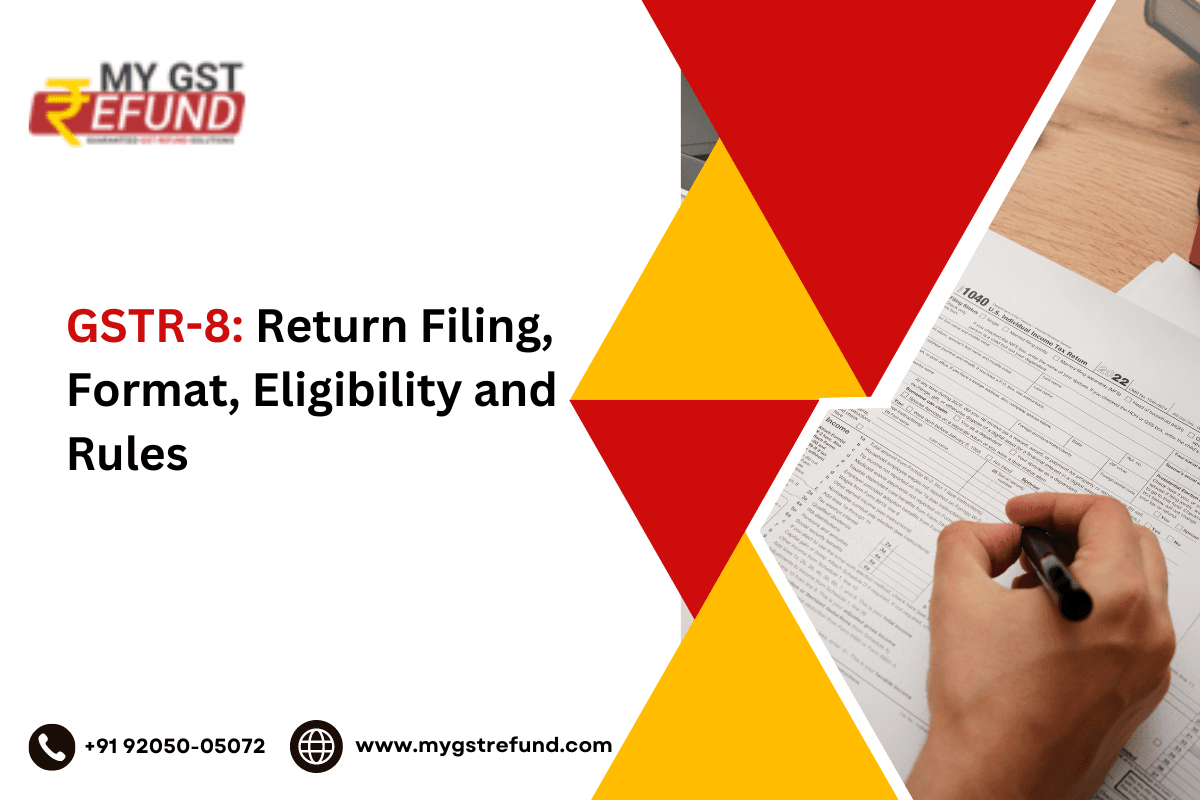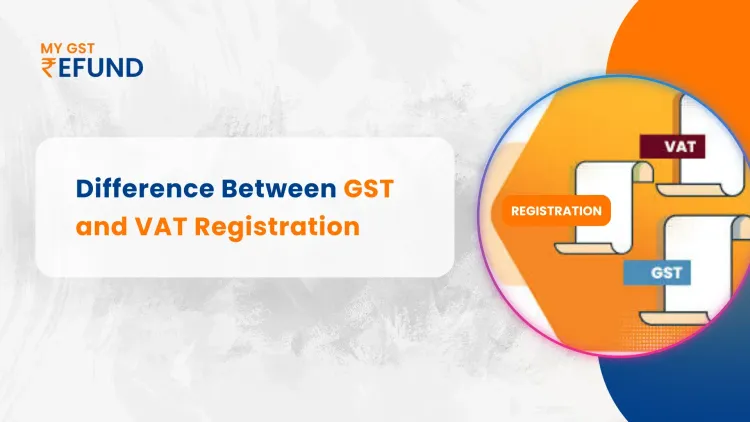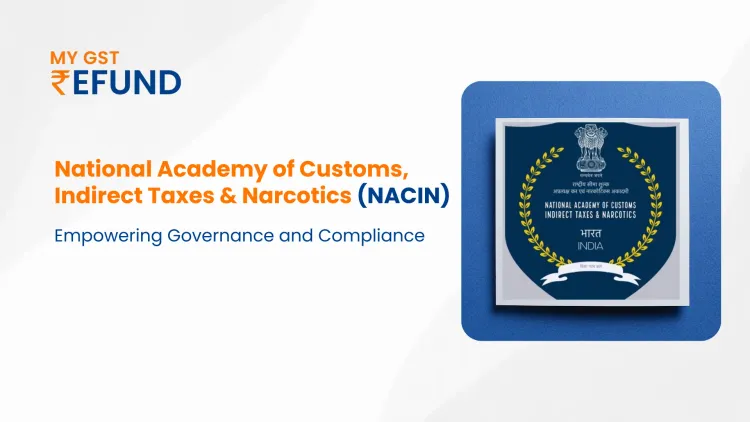GSTR-8: Return Filing, Format, Eligibility and Rules
Published on: Wed Jan 17 2024
Bio (Reveal/Hide)

GSTR-8 is a crucial monthly return filed by e-commerce operators under the Goods and Services Tax (GST) regime in India. This document reports the details of taxable supplies made through their platforms, the amount of tax collected at source (TCS), and other relevant information. Understanding GSTR-8 is essential for e-commerce businesses to comply with GST regulations and avoid penalties.
What is GSTR-8?
GSTR-8 is a statement of TCS filed by e-commerce operators. It contains details of:
- Taxable supplies made through their platforms by registered and unregistered suppliers.
- The consideration collected for these supplies.
- The amount of TCS collected on these supplies under various GST heads (IGST, CGST, and SGST).
Who should file GSTR-8?
Every registered e-commerce operator liable to collect TCS on outward supplies made by other suppliers through their platform must file GSTR-8. Whether it's a bustling bazaar like Amazon or a niche marketplace for organic produce, if you collect TCS, GSTR-8 is your monthly responsibility.
Also Read: GSTR-7: Return Filing, Eligibility and Rules
Who classifies as an e-commerce operator?
The definition of an e-commerce operator under GST is broad. It encompasses any platform that facilitates the sale of goods or services through digital means, including:
- Online marketplaces like Amazon, Flipkart, and Myntra
- Online food delivery platforms like Swiggy and Zomato
- Travel booking portals
- Online classifieds platforms
- Essentially, if you connect buyers and sellers online and collect tax on those transactions, you fall under the GSTR-8 umbrella.
Also Read: GSTR 6: Return Filing, Eligibility, Due Date and Rules
Why is GSTR-8 important?
GSTR-8 plays a crucial role in the GST ecosystem:
Ensures Tax Compliance: It strengthens tax compliance by reporting TCS collected, making it difficult for sellers to evade taxes.
Transparency and Traceability: It provides transparency in online transactions, allowing the government to track the flow of goods and services.
Boosts Revenue Collection: Efficient TCS collection through GSTR-8 leads to increased revenue for the government.
When is GSTR-8 due?
GSTR-8 must be filed electronically on the GST portal by the 10th of the next month, for the previous month's transactions. So, if you're selling organic kale smoothies in December, your GSTR-8 for those transactions is due by January 10th.
Penalty for not filing GSTR-8 within the due date?
Late filing attracts a penalty of Rs. 100 per day, capped at the total tax liability or Rs. 5,000, whichever is lower. Remember, timely filing not only avoids penalties but also ensures smooth business operations.
Details to be provided in GSTR-8
- Details of inward supplies (supplies made to the e-commerce operator)
- Details of outward supplies (supplies made through the platform)
- GSTIN of the supplier
- The gross value of the supplies
- Taxable value of the supplies
- Rate of TCS applied
- Amount of TCS collected under various GST heads
- Refund of TCS, if any
- Additional details as prescribed by the GST authorities
Frequently asked questions
How to check GSTR 8?
Visit the portal of GST. Click on the previous returns dashboard, choose the financial year, and click on GSTR-8 present in the services. File or revise details accordingly.
How do you calculate 8 GST?
Compute the TCS on taxable supplies, which are made through e-commerce but before deducting the return/refunds. It applies to both registered and unregistered suppliers.
How do I get GSTR 8A?
The amendments in GSTR-8A are auto-generated H. Check and approve. It is available mainly for adjustments to inputs made by e-commerce operators.
What is the penalty for non-filing of GSTR-8?
The penalty is INR200 per day (C.G.S.T=100+S.G.S.T=100) and a non-filing penalty is capped at INR 5,000 and also accrues with interest at the applicable rate of 18% per annum until filing is done for the maximum time. It will start counting from the 11th day as counted against due dates.
What is the difference between GSTR 2a and 8A?
GSTR-2A is the electronically drafted input statement of a buyer, whereas GSTR-8A explains the corrected TCS details that an e-commerce operator filed for reconciling the records of the supplier.
Related Posts






